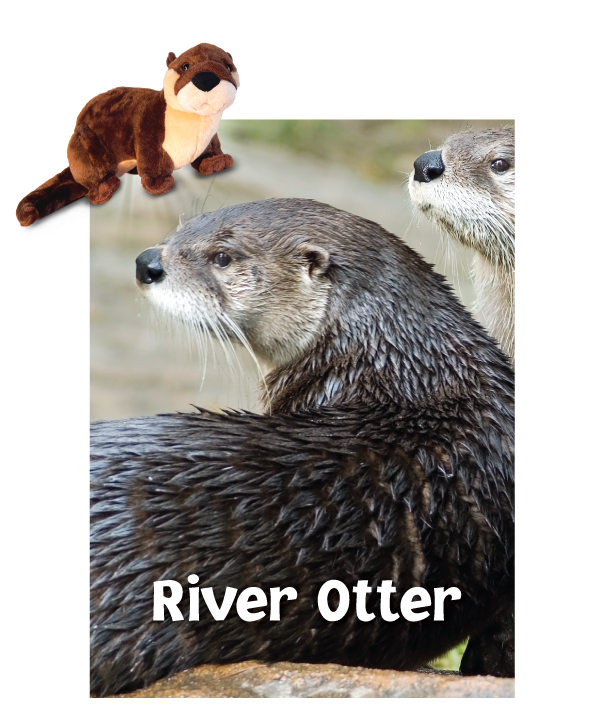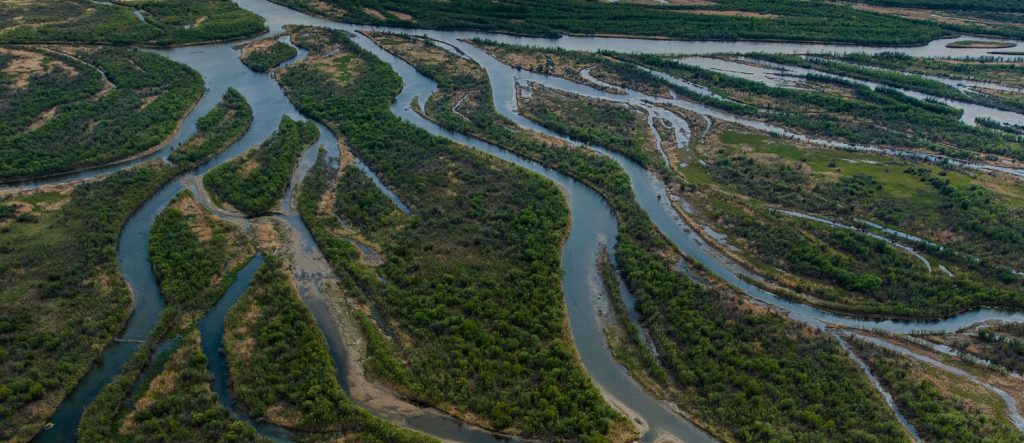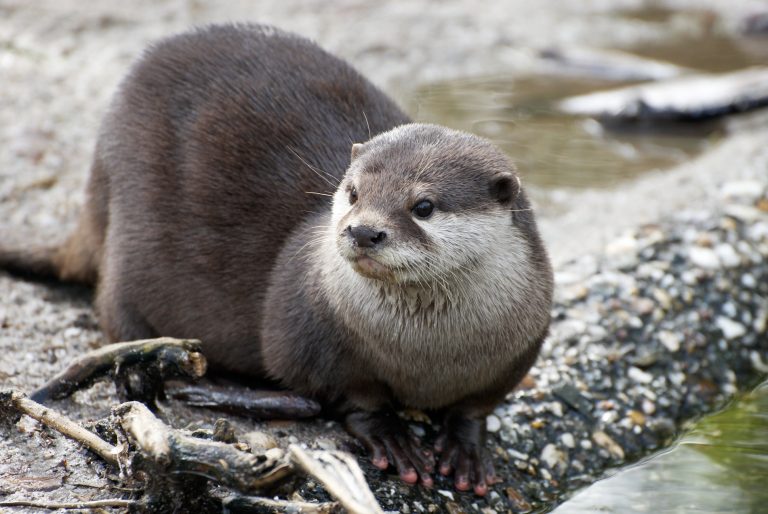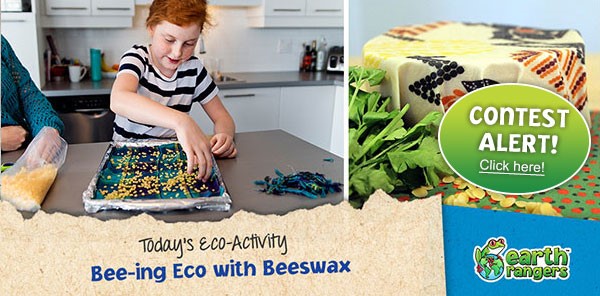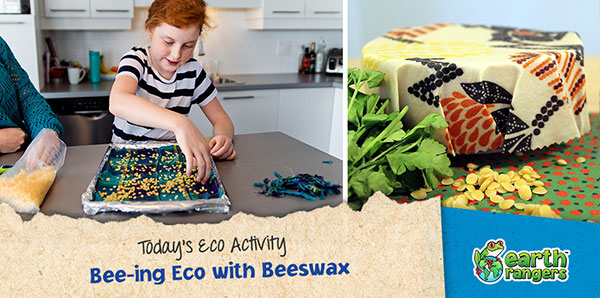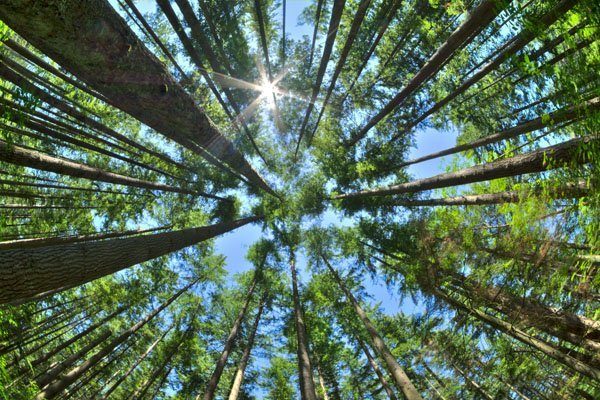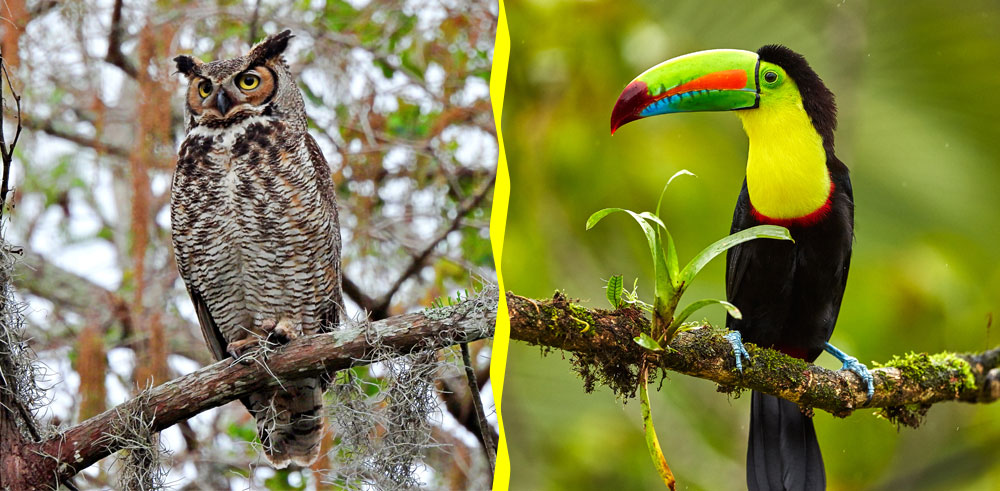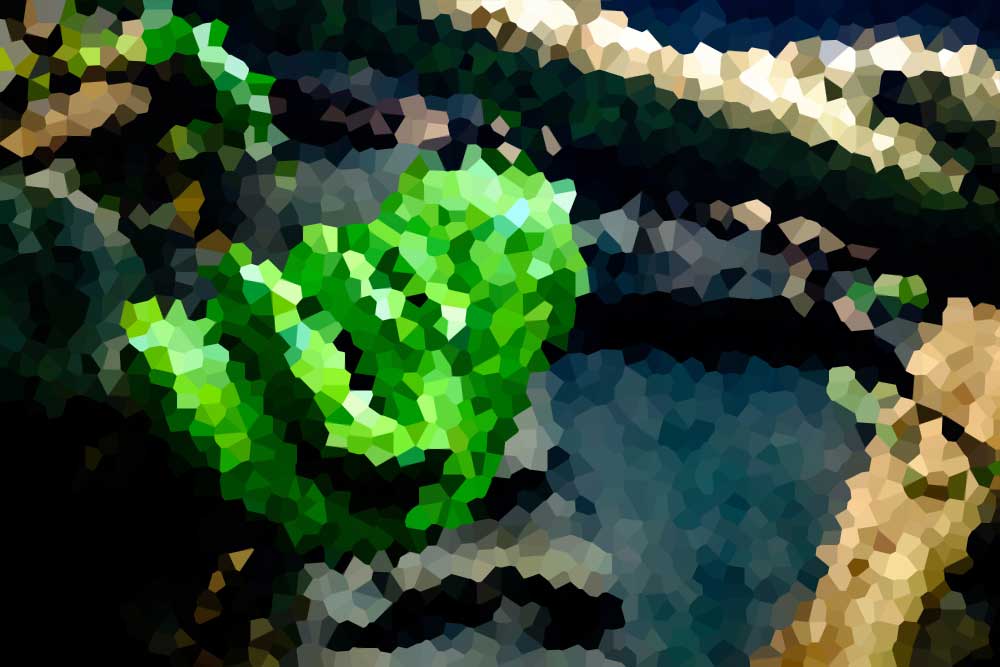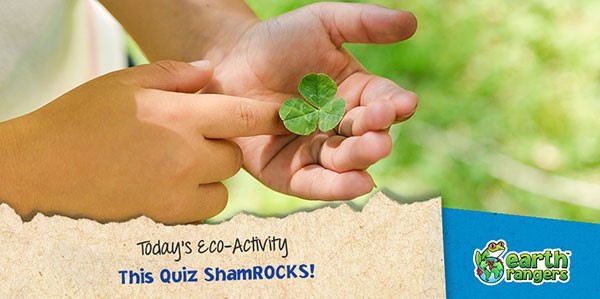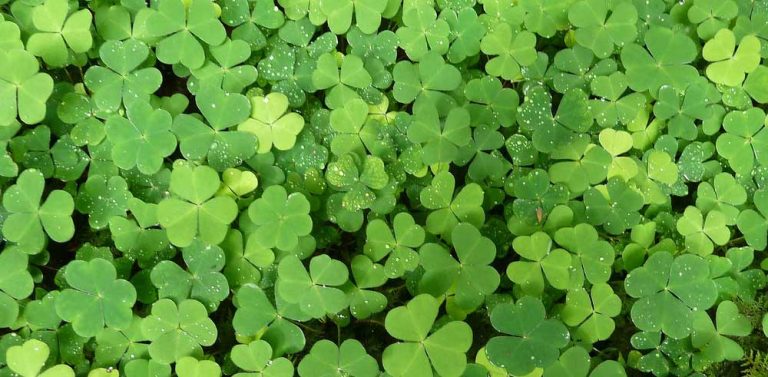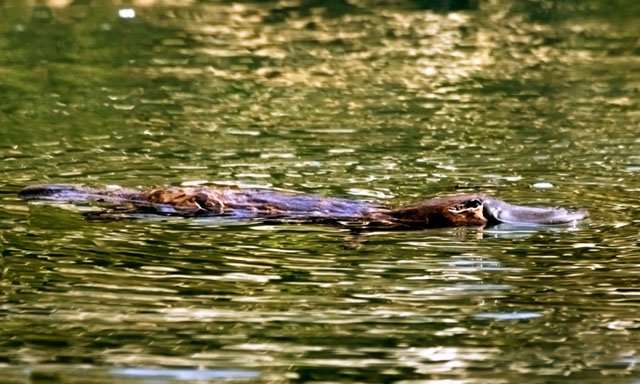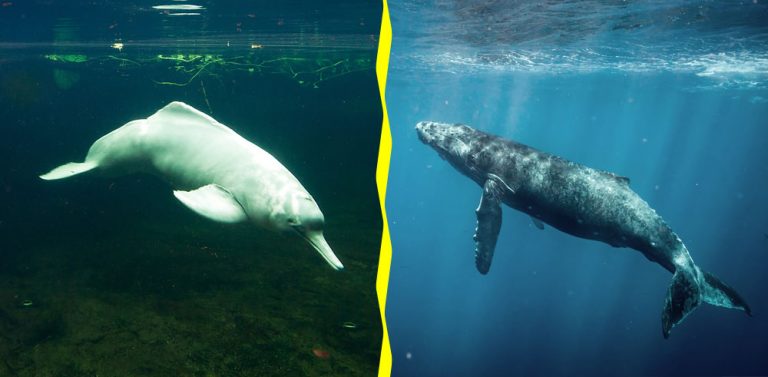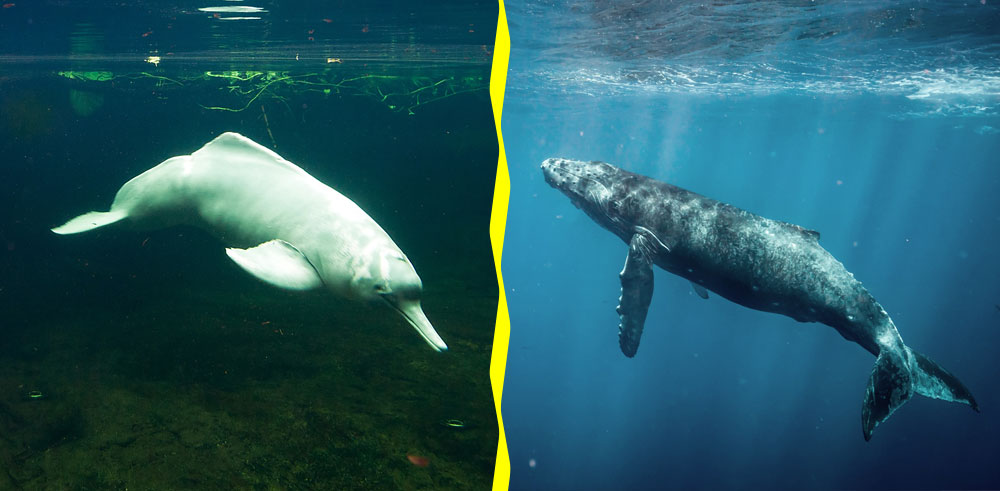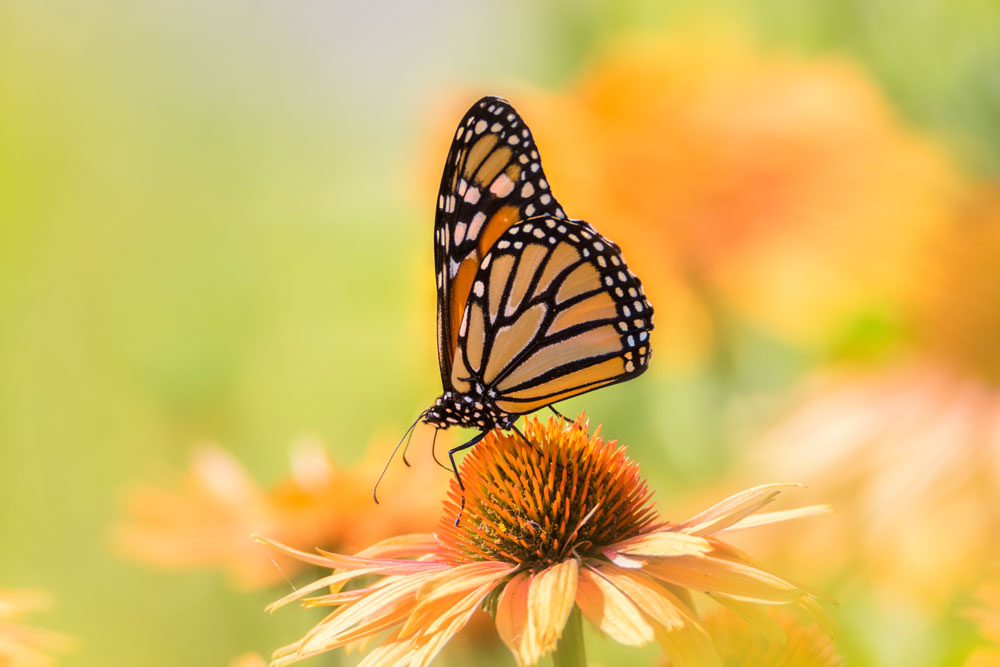Do you like forests? We do too, but do you know just how awesome they are? March 21 is International Day of Forests so it’s the perfect time to share our top 10 reasons why forests are so awesome.
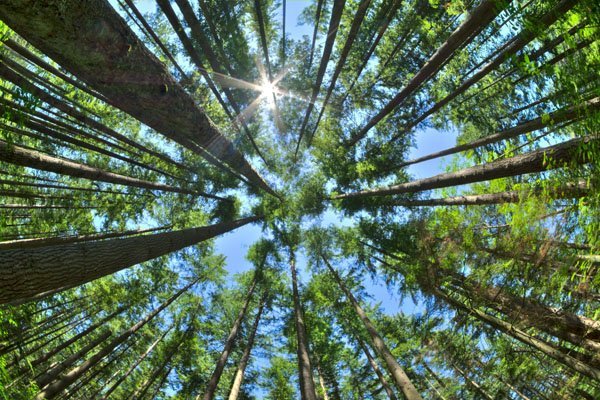
1. A Breath of Fresh Air
With a little help from the sun and a process called photosynthesis, trees take the carbon dioxide (CO₂) we breathe out and transform it into clean oxygen (O₂). Did you know that one fully grown tree can provide enough oxygen for 2 to 10 people? Breathe in… Breathe out… and say thank you to a forest!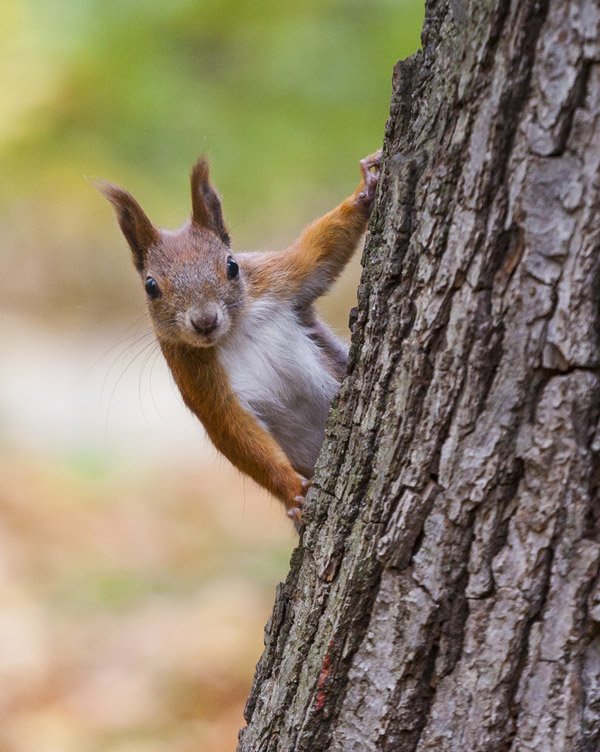
2. Home Sweet Home
Whether it’s bugs in the leaf litter, a bird in a tree or a squirrel jumping from branch to branch, you’re probably going to see an animal or two when you visit a forest. That’s because 2/3 of all the animal species in Canada call forests home. Home is where the forest is!
3. Keeping it Cool
It always feels so refreshing to step into the shade on a hot day, and the more trees, the more shade! But this isn’t the only way that forests help keep us cool. Studies have shown that forests actually help make it rain! This not only cools down the environment but also helps new trees grow!
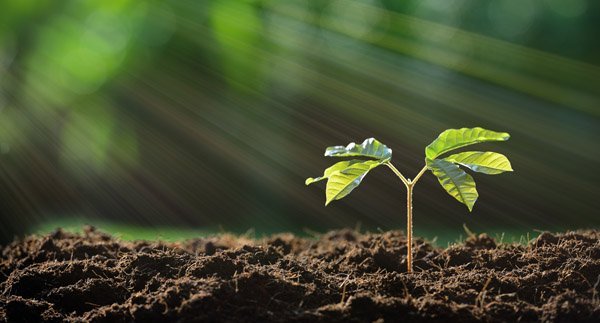
4. Climate Change Fighters
Trees are Canada’s “secret weapon” in fighting climate change! That’s because they absorb lots of CO₂ and store it for as long as they are alive. When they start to get old and die, the CO₂ gets released as the trees decompose. If we turn them into other products beforehand, like lumber for houses and furniture, it stays put for years, if not generations! We can even use sawdust and scraps of wood to make biofuel that can replace fuels with higher emissions. When it comes to the fight against climate change, our trees and forests are superheroes!
5. Meal time
Where does an animal go to get a bite to eat around here? The forest, of course! Not only is the forest home to many animals, it also provides them with lots of good things to eat. Whether it’s berries, plants, nuts, fruits or mushrooms, animals know the best place to get a snack is the forest.
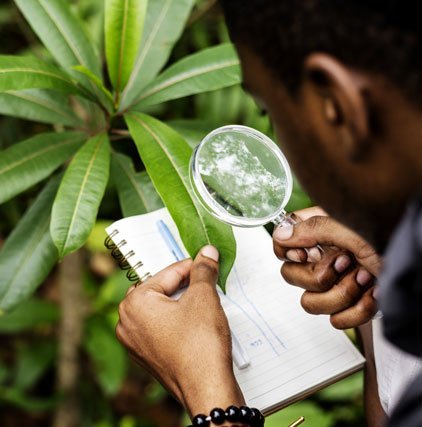
6. Keep up the Great Work
Canada’s plants and animals aren’t the only ones who benefit from the forest. Forests also provide jobs to almost a million people across the country! Engineers, foresters, biologists, skilled tradespeople and many others all rely on forests for work.
7. Gifts from the Forest
On top of the many jobs forests give us, they also provide us with a lot of stuff. Just think about how many paper and wood products you use every day—it’s probably more than you think. Whether it’s the paper you use for taking notes, the cartons that hold your eggs or even the lumber used in your home, so many of the things around us came from forests.
8. A Cool Drink of Water
Did you know that about 2/3 of Canadians rely on drinking water from forest runoffs? The leaves on the trees absorb rainfall and slowly release it into the soil, where it’s filtered underground and eventually released into nearby lakes, reservoirs, and rivers.
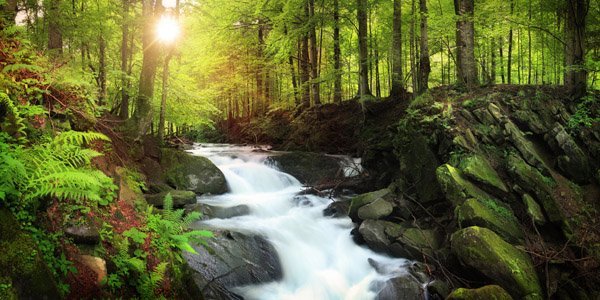
9. Soil Protectors
Soil has a very important job when it comes to keeping an ecosystem healthy: it provides nutrients for plants and helps protect their roots. If the soil starts to wear away (erode) or dry up, it doesn’t just hurt the plants, it hurts the entire ecosystem.
Good thing we have forests! The leaves and branches on the trees catch raindrops as they fall, so they don’t all hit the ground at the same time. This keeps the soil from flooding and washing away. The branches also provide shelter from the wind and protection from the hot sun. This helps stop the soil from blowing away or drying out.
10. Forests are Good for the Soul
Do you ever feel refreshed and re-energized after playing among the trees? Studies have shown that being out in forests can improve your immune system, decrease stress and blood pressure, and improve your overall mood!
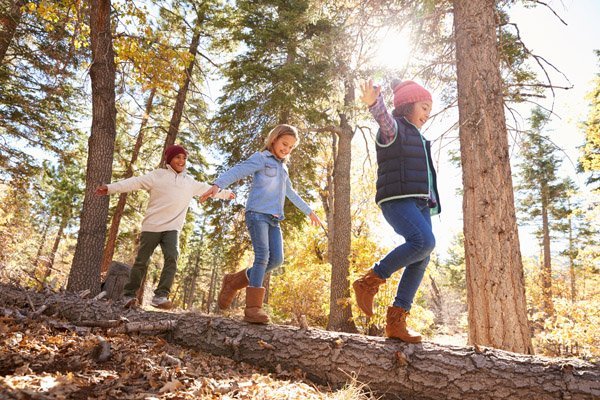
Want to learn more about forests and plant your very own tree? Accept the Just 1 Tree Mission in the Earth Rangers App!

